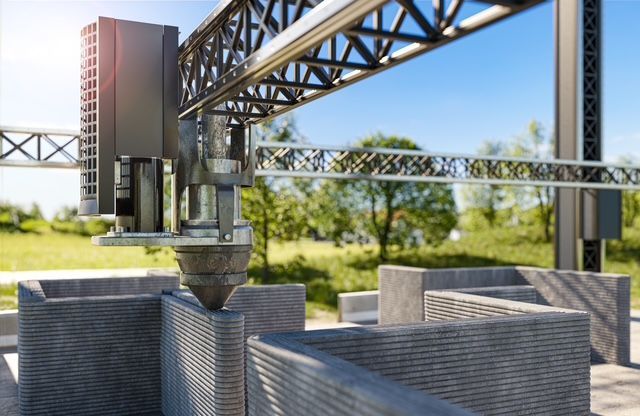Advancements in Concrete Materials
Advancements in Concrete Materials for 3D Printing and Sustainability

The construction industry is undergoing a transformative shift with the integration of 3D printing technology, particularly in the realm of sustainable concrete materials. As the world grapples with the environmental impact of traditional concrete—responsible for up to 9% of global greenhouse gas emissions—innovations are emerging to create cleaner, greener alternatives. One of the most exciting developments comes from Penn engineers, materials scientists, and designers who have pioneered a 3D-printed concrete solution that not only reduces environmental harm but also enhances carbon capture.
At the heart of this breakthrough is the use of diatomaceous earth (DE), a natural, porous material derived from fossilized microorganisms. This ingredient improves the stability of concrete during the 3D printing process while providing abundant sites for trapping carbon dioxide. Unlike conventional concrete, which loses strength with increased porosity, this new formulation becomes stronger over time, offering a dual benefit of durability and sustainability. By reducing the reliance on cement—a key contributor to carbon emissions—this innovation paves the way for building materials that can support infrastructure while actively mitigating climate change.
This advancement aligns with broader efforts to promote sustainable construction, such as the Dakar Greenbelt project in Senegal, where ecological infrastructure is being developed to combat desertification. The Penn team's work, detailed in their research, highlights how 3D printing can revolutionize the industry by minimizing material waste and optimizing structural performance. For those interested in diving deeper into this cutting-edge development, check out the full article on Penn Today.
As research continues, the potential for scalable applications—such as marine restoration and carbon-negative buildings—offers hope for a more sustainable future. This blend of technology and environmental consciousness is a promising step forward, proving that innovation can coexist with ecological responsibility. Stay tuned for more updates as these advancements shape the future of construction!

